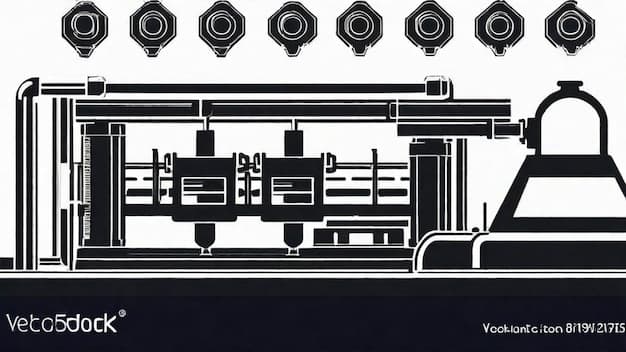In the ever-evolving landscape of security systems, access control has emerged as a cornerstone for safeguarding assets and personal spaces. As businesses and homeowners seek to fortify their premises, understanding the intricacies of access control wiring schematics becomes paramount. This guide caters to individuals and organizations poised to upgrade their security systems, providing a thorough exploration of wiring diagrams essential for a seamless implementation.
A successful access control system not only hinges on advanced technology but significantly on its wiring configuration. Faulty wiring can lead to system malfunctions, compromising security and making spaces vulnerable. This elaboration encapsulates the specifics of access control wiring schematics, demystifying the process for both novices and seasoned professionals in the field of security.
Understanding Access Control Systems
Before delving into wiring schematics, it's critical to delineate what constitutes an access control system. At its core, an access control system manages physical access to a given area. Its components typically include:
- Access control panels – The brain of the system, processing inputs from various devices.
- Keypads and card readers – Devices through which users authenticate their identity.
- Door locks – Mechanisms that restrict or permit entry based on the signals received from the control panel.
- Wiring and connectors – The vital conduits enabling communication between devices.
With these components in mind, we can proceed to the wiring schematics that facilitate their interconnectivity.
Access Control Wiring Schematics: An Overview
Wiring diagrams for access control systems can be as intricate as the systems themselves. Understanding these diagrams often feels like deciphering a complex code. A well-structured schematic will typically depict various components and their corresponding connections. Here's what to consider when interpreting or designing an access control wiring diagram:
- Labeling Components: Each component in the diagram must be clearly labeled, allowing for easy identification. Whether it is a power supply unit, a reader, or a lock, precise labeling mitigates confusion during installation.
- Utilizing Symbols: Electrical diagrams commonly employ standard symbols to represent components. Familiarity with these symbols is essential, as they denote specific functions and connections, ensuring an accurate wiring process.
- Pathways and Connections: Lines within the diagram illustrate the electrical paths. Understanding these connections is crucial, as they define how power flows and how devices communicate with each other.
A Step-by-Step Guide to Wiring
Creating an access control wiring schematic involves meticulous planning and execution. Here’s a structured approach to wiring an access control system:
- Plan the Layout: Assess the premises to determine the locations for access points, card readers, and control panels. A clear plan reduces errors during installation.
- Assess Power Requirements: Evaluate the power needs of each component. This assessment ensures that a sufficient power supply is installed, preventing system failures.
- Choose the Right Wiring: Selection of the appropriate gauge and type of wire is essential. For instance, 18 AWG wiring is often suitable for low-voltage access control systems.
- Implement the Connection Points: Using the wiring diagram, connect the components starting from the control panel to the readers and locks. It is essential to follow the schematic meticulously to avoid issues.
- Test the System: Once installed, testing is vital. Attempt to access the control points using cards or codes to verify that the system operates as intended.
Common Wiring Schematics Explained
Access control wiring schematics typically exhibit various configurations. Here are three prevalent schematics:
- Single Door Control: This basic setup generally includes one reader, one door lock, and an access control panel. The schematic will illustrate connections that traverse from the panel to both the reader and the lock, often via a power supply.
- Multi-Door Control: More complex than the single-door setup, this involves multiple access points governed by a central panel. The schematic will depict multiple readers and locks, illustrating how they interconnect with the control panel.
- Networked Systems: For larger entities, networked access systems allow remote management and monitoring. These schematics integrate IP-based devices, often requiring additional considerations for data cabling alongside power wiring.
Best Practices for Wiring Access Control Systems
To enhance the efficacy and longevity of access control systems, adhere to the following best practices:
- Maintain Wire Separation: Keep power and data wires distinct to prevent interference. This separation enhances reliability.
- Use Surge Protectors: Protect sensitive equipment from electrical surges, reducing the risk of damage and prolonging system life.
- Documentation: Always maintain comprehensive records of the wiring schematics. This documentation serves as a reference for troubleshooting and future upgrades.
In conclusion, equipping premises with a robust access control system hinges on comprehending and implementing effective wiring schematics. By following structured approaches and adhering to best practices, both security professionals and homeowners can ensure their access control systems function reliably, providing peace of mind and enhanced security. Whether designing a new system or upgrading an existing one, knowledge of access control wiring is an invaluable asset, ensuring that spaces remain secure and accessible only to authorized individuals.





















Responses (0 )